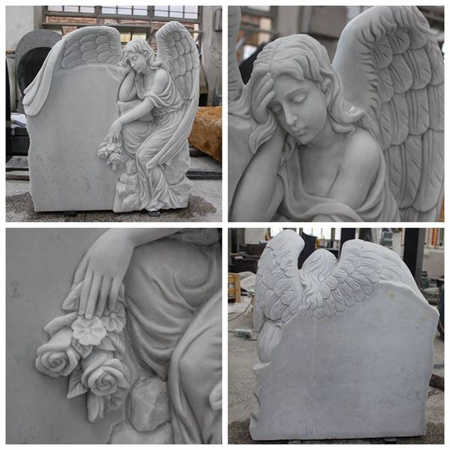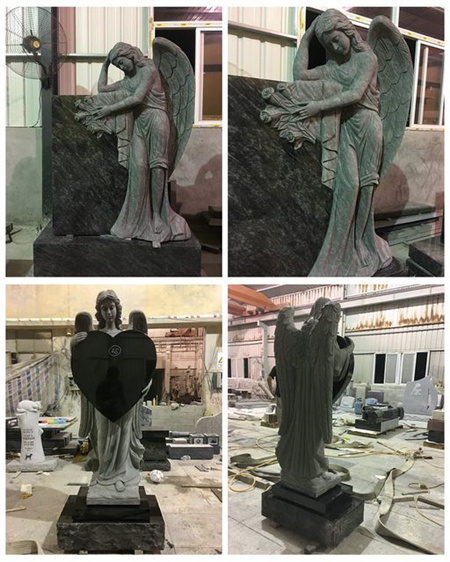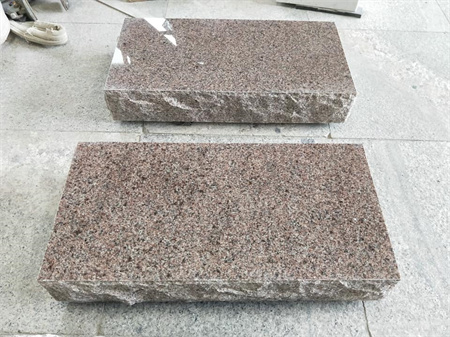How to Transport and Install Large Granite Memorials Safely

Transporting and installing large granite memorials is a delicate process that requires meticulous planning, the right equipment, and skilled personnel to ensure both the safety of the workers and the integrity of the monument. These memorials are often heavy and fragile, and any mishandling could result in significant damage. Whether you’re moving a memorial for a cemetery or a historical landmark, understanding how to safely transport and install granite can make all the difference.

One of the most important considerations when moving large granite memorials is the use of heavy-duty machinery. Cranes, forklifts, and flatbed trucks are usually essential, especially if the memorial is exceptionally large or located in an area that is difficult to access. The equipment should be selected based on the weight and dimensions of the memorial, with a clear understanding of how much clearance space is needed for maneuvering. This is where experienced operators come in; their expertise ensures that the memorial is moved carefully and without stress on the stone.
For the transportation stage, it’s crucial to ensure that the granite memorial is securely fixed to prevent shifting or tipping during transit. Straps and cushioning materials such as padded blankets or foam should be used to stabilize the monument. These protective measures not only safeguard the granite from chipping but also ensure that the monument remains intact until it reaches its destination. The vehicle transporting the memorial should be equipped with proper support systems to hold the stone firmly in place during the journey. A smooth, vibration-free ride is essential for avoiding cracks or damage to the stone during transit.

Once the memorial reaches its final destination, the installation process begins. This phase involves more than just placing the granite in position; it requires ensuring that the stone is properly anchored to withstand the elements and the test of time. Granite memorials are often installed on concrete foundations or other sturdy bases, and the installation must take into account any local regulations, such as setback requirements or specific guidelines for cemetery layouts. Ensuring that the foundation is level and securely anchored is crucial in avoiding any future shifts or tilts that could undermine the monument’s structural integrity.
The placement of the memorial also requires careful attention to alignment. Whether the memorial needs to face a certain direction, be placed in a specific spot, or match the spacing of other monuments, precise positioning is necessary for aesthetic and ceremonial reasons. Using laser tools or specialized leveling instruments can help achieve perfect alignment, ensuring that the memorial is both visually appealing and safely installed.
Even after the granite memorial is set in place, additional safety checks are necessary. Workers will often inspect the structure for any signs of instability or imperfections that may have gone unnoticed during the initial installation. The memorial should be thoroughly inspected to ensure that it stands securely, with no risk of tipping or shifting. Finally, any final touches, like cleaning the memorial and securing any plaques or inscriptions, are made to ensure that the monument looks its best and is ready for unveiling.
